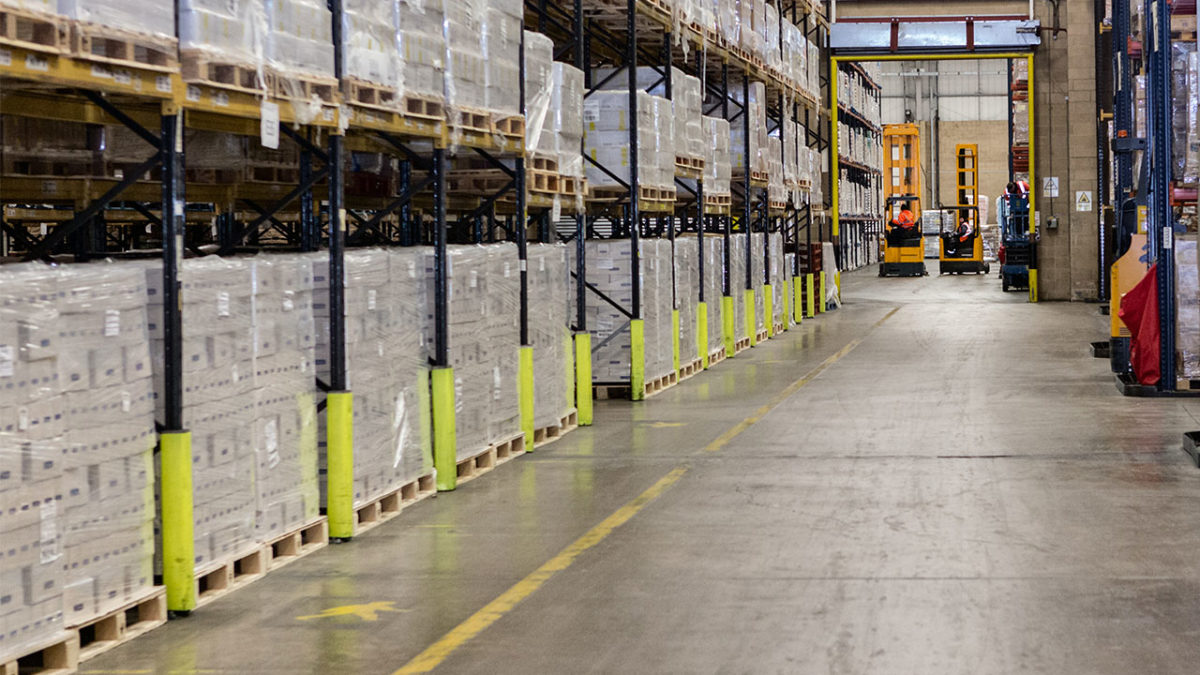
The Importance of Insulated Warehousing
Why Insulated Warehousing is Best for Your Products
By the time your products get delivered to their end destination, having them maintain their quality is among the most important aspects for a business to control. Products that have experienced damage or deterioration of any kind put you at risk of losing revenue from that sale and future sales. A key area to ensure your products remain in high quality is to examine the warehouse’s state the product remains in as they await order fulfillment.
Warehousing makes up a significant business cost, but it’s not an area that’s worth skimping out on, especially if you’re working with fragile or damage-prone equipment. In particular, you may want to consider the value-added of using an insulated warehouse for your products.
What’s Insulated Warehousing?
Insulated warehousing deals with ensuring the physical building of the warehouse is adequately insulated. The same insulation types used in any other facility, including loose-fill insulation, spray foam insulation, fiberglass, and insulated panels, can be used in warehouses. These materials are outfitted in the walls, in the ceiling, and other areas of the building to ensure that the warehouse’s interior environment is not overly affected by the outside environment.
What Benefits Come with Insulated Warehousing?
When you ensure you’re using insulated warehousing, the main benefits come from the impact on interior temperature and moisture level. Insulation is critical for any building, including warehouses, to maintain a proper internal temperature that isn’t affected by the hot or cold weather. Many types of products, such as food products and products using organic material, need a very deliberately set temperature to retain their quality and safety. Insulated warehousing can ensure that proper temperature is maintained. Similarly, an appropriate insulation level in a warehouse walls helps protect the interior and everything inside from moisture. A non-insulated building is more prone to outside moisture finding its way inside, creating potential issues with mildew, mold, and other potential hazards. Insulated warehousing, on the other hand, will protect your products from sitting in a damp environment.
How Do You Get Started with Insulated Warehousing?
The best step to take to get started with insulated warehousing is to do your research. Ask your current warehouse partner about the level of insulation in their building and how that translates to temperatures and moisture levels.
If the answers you get are unsatisfactory for your needs, there are plenty of alternatives out there that provide insulated warehousing. As an expert in warehousing logistics, Econo-Courier can help you identify the best outcomes for your warehousing needs. If you have questions, get in touch with us today.
Recent Posts
Contact Info
75 Lackawanna Ave, Unit B
Parsippany, NJ 07054
Phone: (800) 526-9094
